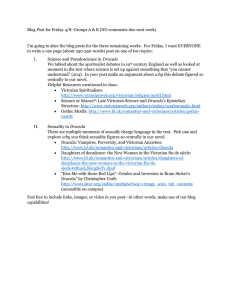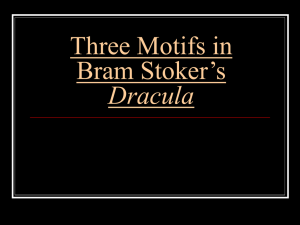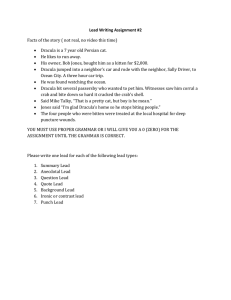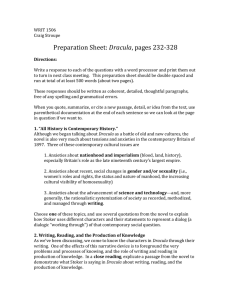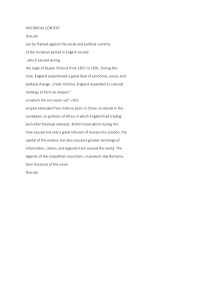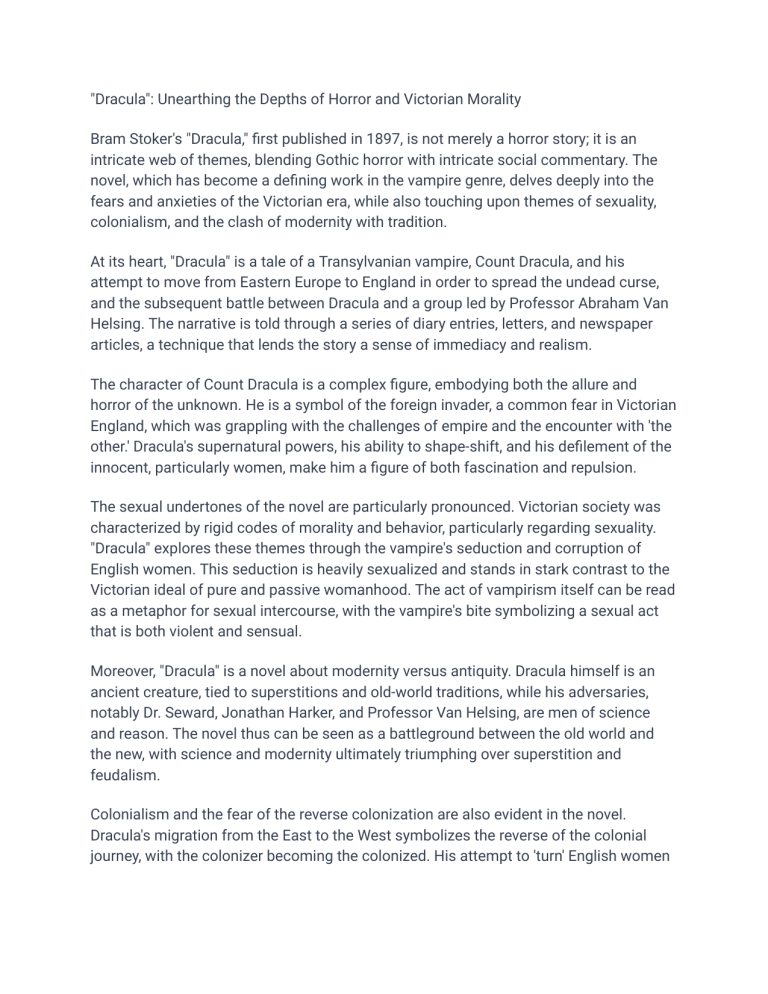
"Dracula": Unearthing the Depths of Horror and Victorian Morality Bram Stoker's "Dracula," first published in 1897, is not merely a horror story; it is an intricate web of themes, blending Gothic horror with intricate social commentary. The novel, which has become a defining work in the vampire genre, delves deeply into the fears and anxieties of the Victorian era, while also touching upon themes of sexuality, colonialism, and the clash of modernity with tradition. At its heart, "Dracula" is a tale of a Transylvanian vampire, Count Dracula, and his attempt to move from Eastern Europe to England in order to spread the undead curse, and the subsequent battle between Dracula and a group led by Professor Abraham Van Helsing. The narrative is told through a series of diary entries, letters, and newspaper articles, a technique that lends the story a sense of immediacy and realism. The character of Count Dracula is a complex figure, embodying both the allure and horror of the unknown. He is a symbol of the foreign invader, a common fear in Victorian England, which was grappling with the challenges of empire and the encounter with 'the other.' Dracula's supernatural powers, his ability to shape-shift, and his defilement of the innocent, particularly women, make him a figure of both fascination and repulsion. The sexual undertones of the novel are particularly pronounced. Victorian society was characterized by rigid codes of morality and behavior, particularly regarding sexuality. "Dracula" explores these themes through the vampire's seduction and corruption of English women. This seduction is heavily sexualized and stands in stark contrast to the Victorian ideal of pure and passive womanhood. The act of vampirism itself can be read as a metaphor for sexual intercourse, with the vampire's bite symbolizing a sexual act that is both violent and sensual. Moreover, "Dracula" is a novel about modernity versus antiquity. Dracula himself is an ancient creature, tied to superstitions and old-world traditions, while his adversaries, notably Dr. Seward, Jonathan Harker, and Professor Van Helsing, are men of science and reason. The novel thus can be seen as a battleground between the old world and the new, with science and modernity ultimately triumphing over superstition and feudalism. Colonialism and the fear of the reverse colonization are also evident in the novel. Dracula's migration from the East to the West symbolizes the reverse of the colonial journey, with the colonizer becoming the colonized. His attempt to 'turn' English women into vampires can be read as a metaphor for the fear of the foreigner corrupting and conquering the British heartland. The narrative structure of "Dracula" is also noteworthy. By using multiple narrators, Stoker creates a sense of uncertainty and unreliability. Each character provides a different perspective, and the truth is something that must be pieced together by the reader. This fragmentation of narrative can be seen as reflective of the fragmentation of identity and knowledge in the modern world. In conclusion, "Dracula" is far more than just a horror novel. It is a multi-layered work that deals with significant issues of its time. Its exploration of themes such as sexuality, colonialism, the fear of the foreign, and the clash between modernity and tradition, all set against the backdrop of a Gothic horror story, makes it a complex and enduring work. Bram Stoker's novel remains not only a landmark of horror fiction but also a powerful exploration of the anxieties and fears of the Victorian age.
